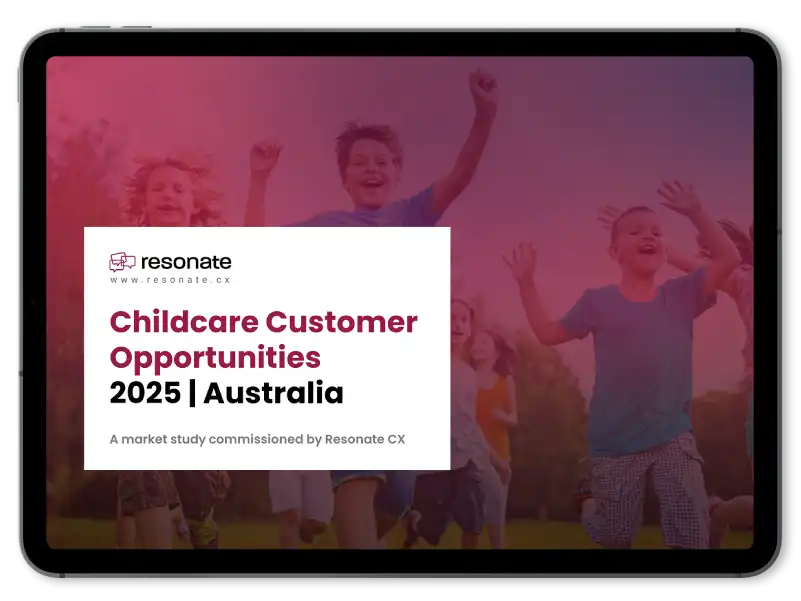In today’s blog I will be looking specifically at business drivers and how you can use business driver data alongside customer experience and NPS data to areas where to focus your time and effort in order to make changes that will get you ahead of the game.
If you haven’t already started your CX program, or are looking to start it up, here are a few important things to think about:
1. What are your business drivers?
Is this price, knowledgeable staff, store appearance, ease of purchase? Get to know your drivers and understand the impact they have on your business. Each business may have different drivers, and drivers may change. If you are not sure, have a go. You can always adjust as you need by utilising the data that you receive from your customers.
One example may be: a travel agency with a long period of stability and high profits, lost an experienced sales person. This sales person was found to be four times more productive than a new recruit. In addition the onboarding process was a major encumbrance to the business in terms of the cost to hire as well as the training and mentoring needed from other staff. Therefore identifying that a key business driver was knowledgeable staff, the travel agency needed to do something to reduce staff turnover and accelerate the on-boarding and training process in order to get new starters up to speed quickly and retain the staff they already had.
2. Focus on the drivers that influence NPS
If you don’t have a CX program already this can be difficult to track without data. However, this is something that you can start getting data on – so make sure that this is at the top of your mind when you start to collect your data. If you already have an NPS/CX program in place, then now is the time to look into it and understand which drivers influence your customer experience. Have a look at the business driver score, and its correlation to NPS this will help you to focus your time and effort in order to get some tangible results.
Take a look at the chart below:
In this chart you can see that there are 4 quadrants:
- The bottom left quadrant (Q1) = LOW driver score for NPS and LOW correlation to NPS
- The bottom right quadrant (Q2)= HIGH driver score for NPS and LOW correlation to NPS
- The top left quadrant (Q3) = LOW driver score for NPS and HIGH correlation to NPS
- The top right quadrant (Q4) = HIGH driver score for NPS and HIGH correlation to NPS
What this is telling you is that you need to focus your time and effort into Q3.
In the above example, you can see that located in Q3 are; product availability, knowledgeable staff and store appearance. Therefore you need to prioritise and focus on the business drivers that lie in quadrant 3, and delve deeper into the results in order to drive a better experience for your customers.
3. Delve deeper into your Q3
Get into your data if you have it. Have a look at the driver scores by region/location by brand etc whatever makes sense for your business. If you are a retail chain with stores all over Australia, get all your store data out and compare the data in relation to those Q3 drivers. Find out which stores are over performing and which stores are under performing. Are there lessons that you can learn from the under/over performing stores? What can you do to duplicate the success of the over performing stores? Is there anything you can do from a strategic level to roll out a program/policy/procedure that will make a difference to the Q3 drivers? In the above example, you can see that product availability, knowledgeable staff and store appearance are key drivers, what would this organisation need to do to improve these areas? Staff training programs is a good way to address this, and if you can find data to understand the correlation between purchases with low scores for knowledgeable staff you may be able to pinpoint particular departments that need more product specific training etc.
Hopefully this will get you thinking a bit more about how you can start to use data to understand how you can move forward as a business and make changes that will impact upon customer satisfaction and advocacy. You may need to make some assumptions, but make sure they are educated assumptions based on the data that you have, and then measure the performance before and after you implement change.
If you are ever stuck though and are looking for a solution that can take most of this out of your hands, get in touch with us and we can help you achieve your goals.









